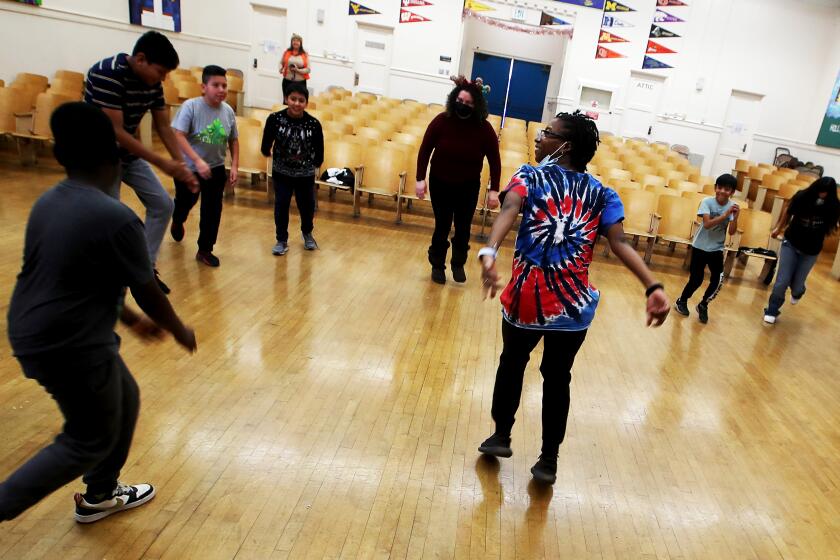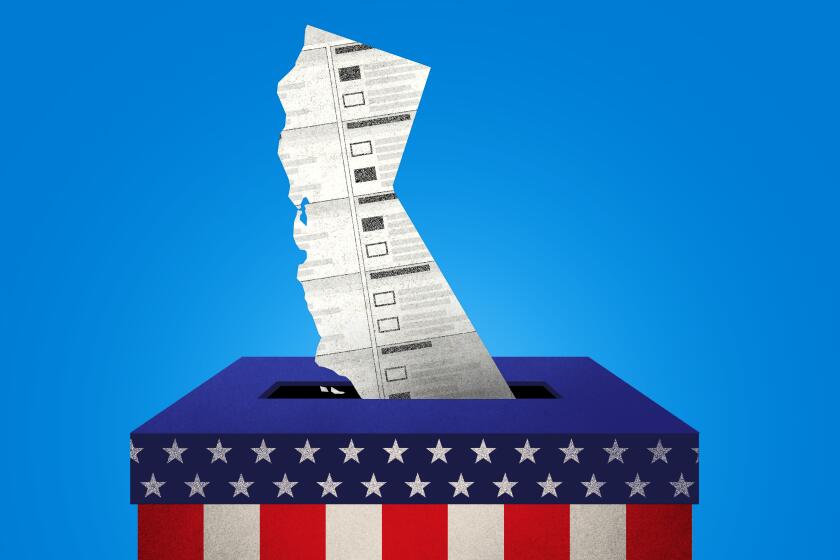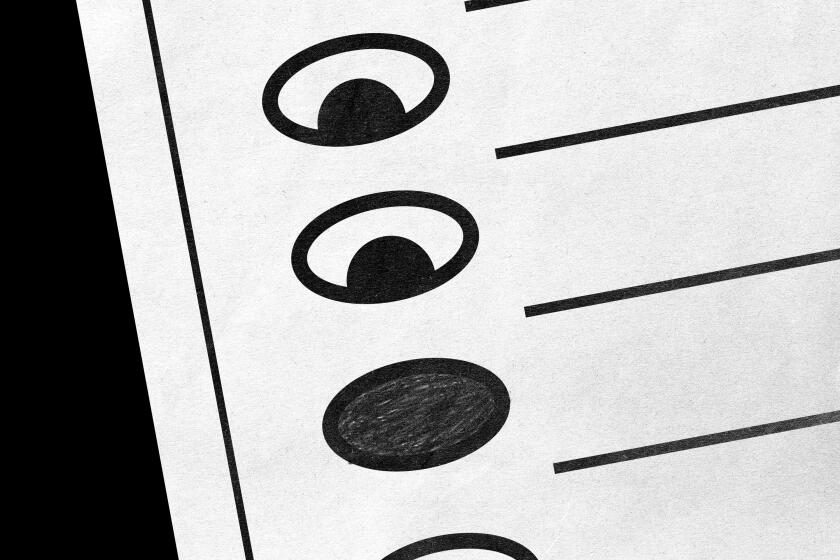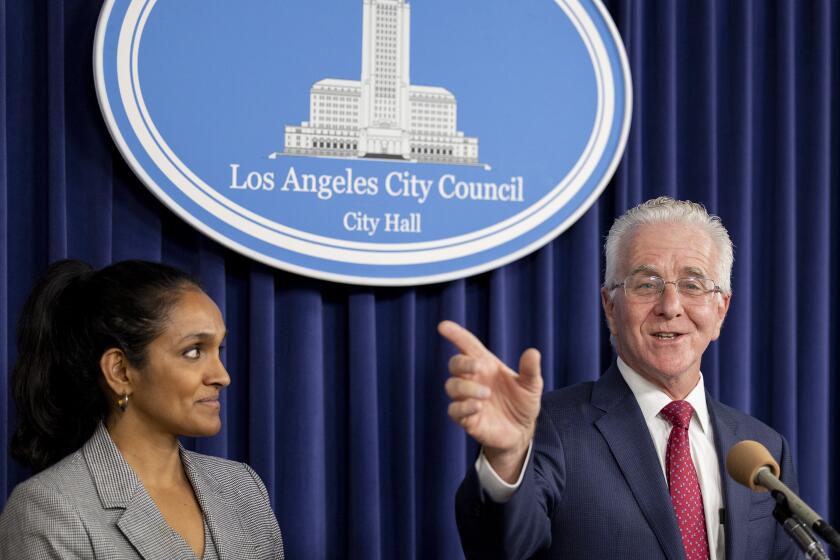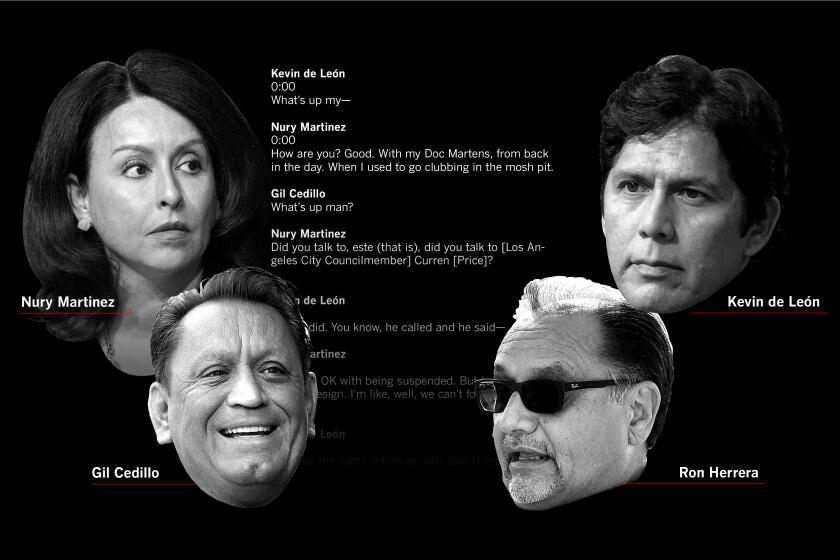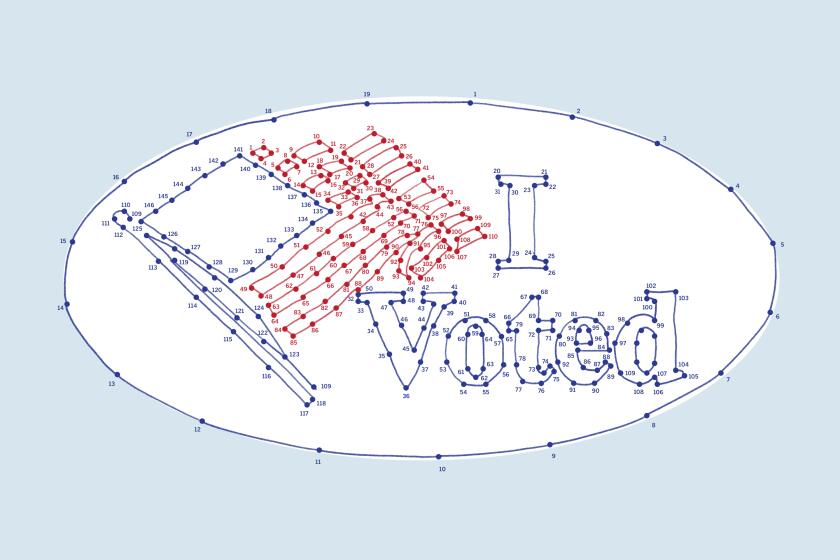The November election will give Los Angeles-area voters the opportunity to enact sweeping changes over who will have access to political power — through the process of how voter districts are shaped.
The redesign of L.A. City Council districts through Charter Amendment DD is getting the most attention. But voters also will decide on Charter Amendment LL, a measure that would create a comparable process for all the territory within the Los Angeles Unified School District, which stretches well beyond the borders of the city of L.A.
The seven-member school board sets policy for the nation’s second-largest school district, which educates about 420,000 students and employs some 74,000 teachers, administrators and other staff. The school board is accountable for the district’s $18.4-billion budget. Members also hire and evaluate the superintendent.
Los Angeles City Council redistricting was catapulted into public attention in 2022 when three council members and a high-profile labor leader were secretly recorded discussing ways of drawing the maps to benefit themselves or their allies. Interspersed with those comments were racist and derogatory remarks — mainly by council President Nury Martinez — about a wide array of targets, including then-Councilmember Mike Bonin, who is white, and his son, who is Black.
The scandal reignited the push for an independent redistricting commission — and the creation of the two charter amendments that go before Los Angeles voters in the Nov. 5 election.
Charter Amendment LL seeks to take the politics out of LAUSD redistricting, a process that occurs every 10 years to account for evolving population patterns.
Historically, redistricting — in L.A. and elsewhere — is inherently a power play. In Los Angeles, especially for the City Council, the process has been largely overseen by the very people who stood to benefit from it: the council members themselves.
City Council members, both directly and through their political appointees, have tried to ensure that the maps were drawn in ways that would help them win reelection. They also sought to claim certain “economic assets” — airports, parkland, educational institutions and commercial areas — for their own districts. These assets translate to power.
LAUSD Board of Education members also have sought politically favorable districts, and until recently there was no limit on how many times they could be elected to four-year terms. The limit is now three.

